Os Gêmeos’s bombs, pieces and characters seem to be just about everywhere in their native city. Here are a few of their characters:
Photos by Lois Stavsky

Kenny Scharf recently painted this mural in Philadelphia. While the Philadelphia Mural Arts Program came out of an effort to eradicate graffiti, they’ve since changed their tune. Besides Kenny Scharf, of course Steve Powers aka the former graffiti writer ESPO from Philadelphia worked with the MAP on his Love Letter project. The press release for this mural even touts Scharf’s graffiti roots, something Scharf himself has tried to distance himself from. Additionally, MuraLAB is a project within MAP that’s trying to do some things beyond standard murals. It’s exciting for me to see a wider range artists working with the MAP besides a small set of traditional mural painters.
This mural was also organized with Goldman Properties, aka Tony Goldman aka the man behind Wynwood Walls aka the man behind the mural at Bowery and Houston in NYC aka the man largely responsible for redevelopment in those areas. According to this article (which I’m pretty sure falsely says that Goldman has worked with Retna in Miami, as if Goldman is taking credit for Primary Flight which he is not involved with), more murals are on their way on his properties in Philadelphia, although it’s not clear which artists he will bring. Shepard Fairey seems like a sure thing, but other than that, it’s difficult to say.
Anyway, here’s the finished mural…

Photos courtesy of the Mural Arts Program

MYMO painted this mural, called The Gate in the other Dimension, in Berlin a couple months ago. Check out more images of it on her blog.

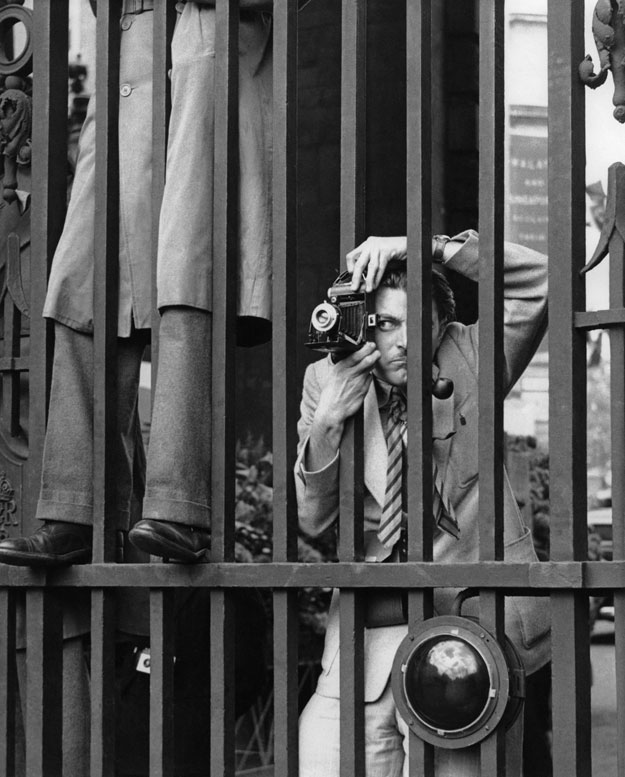
Firstly I will admit that this post is not necessarily street art based, but it is photography art and the photos are from the street, so perhaps we could, or should call it street art.
Anyway, last weekend I headed to the Museum of London to check out their London Street Photography exhibition which is open until September 4th. The temporary, but free, exhibition showcases over 200 candid photos of everyday life on the streets of London dating back to 1860. Think black and white images of horse drawn carriages, groups of street urchins peering into camera lenses, and Teddy Boys with their immaculate hair and stylish threads.
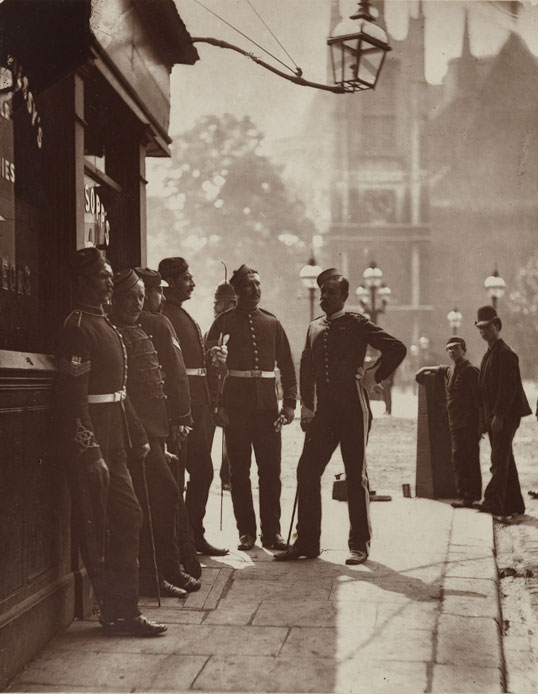
Personally I thoroughly enjoyed the experience and spent over two hours immersed in the photos, staring into the faces of unexpected victims of early point and shoot photographers whilst imagining what it would have been like to actually be living in London during the Victorian age or throughout the Blitz. So if you have a spare afternoon, head along and check out the work of the 59 photographers, their own relationship to the street and ultimately how photography has developed over time. It really is very interesting.
More information can be found on the Museum of London website.
Photos (c) Estate of Bob Collins and Museum of London. Taken from Museum of London.
So all summer I am researching the topic of how artists translate their work indoors. I am looking at everything from their change of materials, styles and finished works. Since I first heard about Morley, I wondered how he would adapt his wheatpastes when a gallery finally decides to capitalize on his popularity and put him in a show. But the artist beat them to it and showed off some of his original pieces that he just finished incorporating his wheatpastes into a diorama type environment. Here are some of my favorites from Morley’s blog:
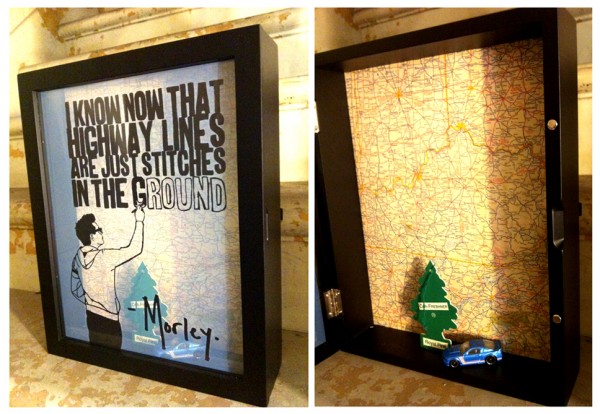

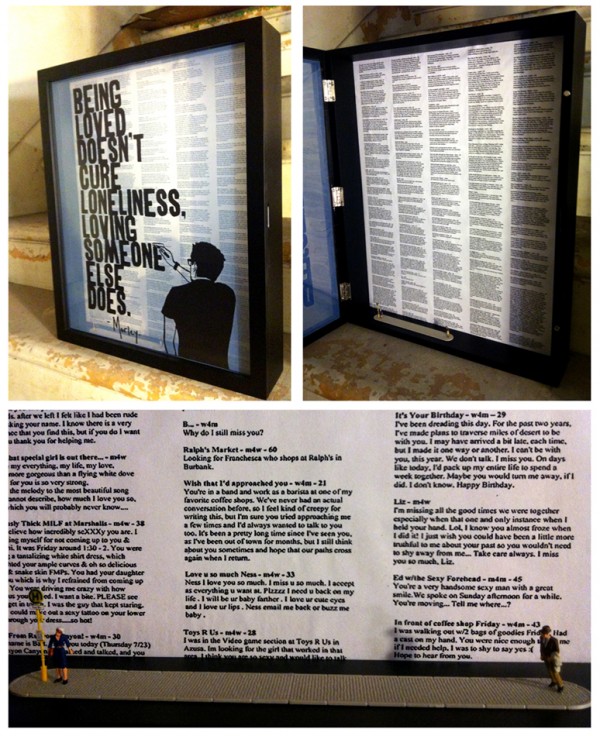
All photos via Morley
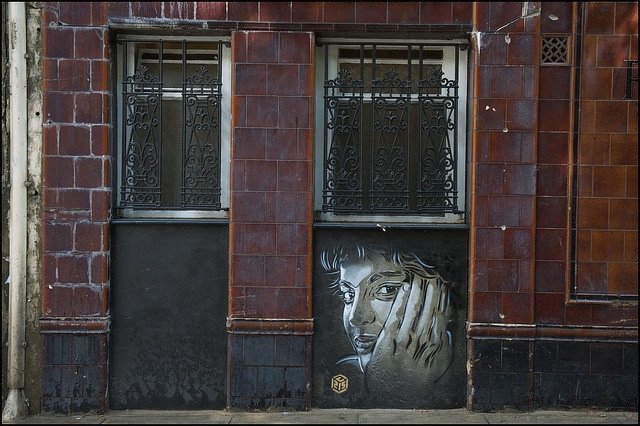
C215 and AliCè have been in London for the C215/Romany WG show on now at Signal Gallery. While in town, they stayed busy getting up around Shoreditch and possibly other spots. Here’s a bit of what they were up to…
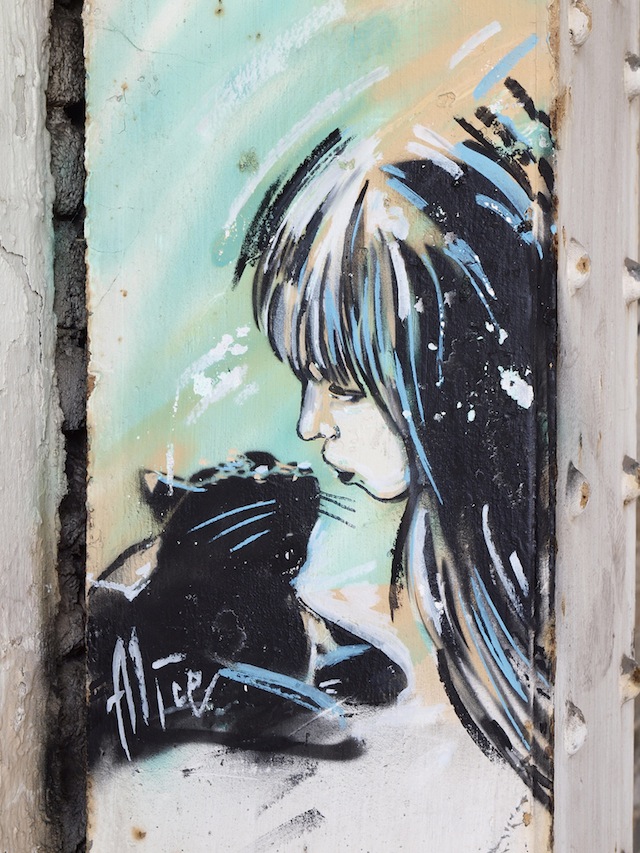
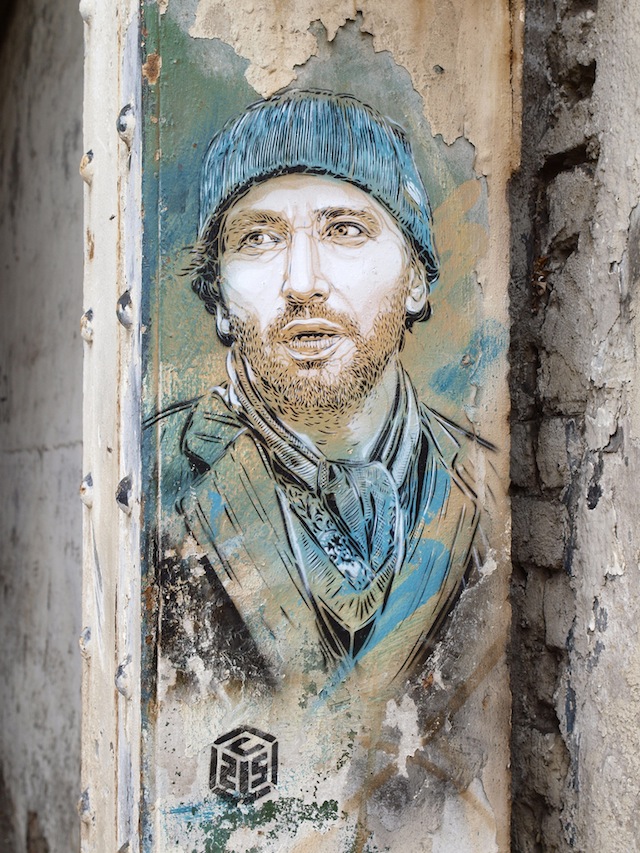
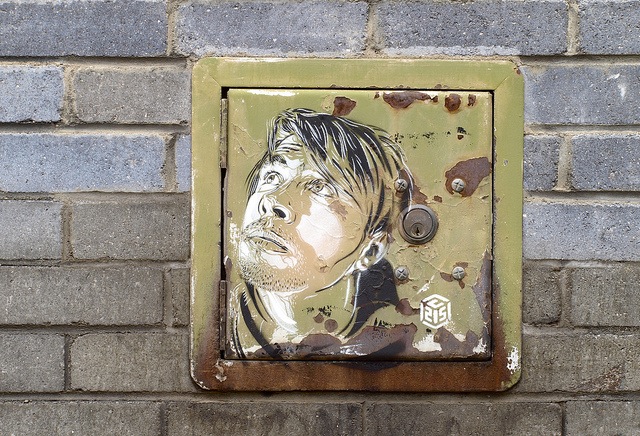
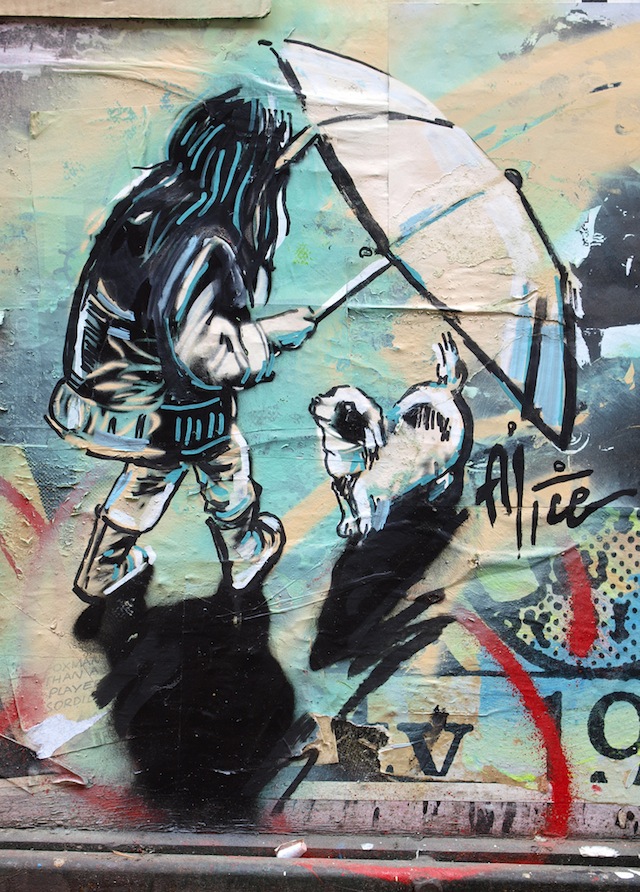
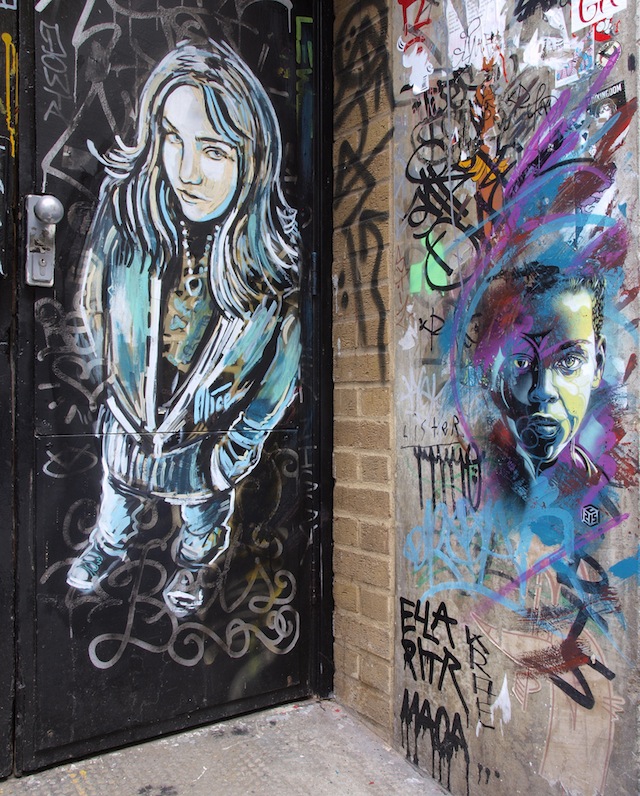
So as I was finishing this post, I realized that Street Art London did pretty much the same post a couple of days ago. So check that out for even more pieces from C215 and AliCè.
Photos by Romany WG and Claudelondon
Ranging in age from early teens to mid 30’s, Sao Paulo’s controversial pichadores meet weekly to exchange blackbooks, writings and the latest info. This past Thursday, they met at their regular meeting place in the center of town that they refer to as “The Point.” They seem to represent a range of educational levels and economic backgrounds. And unlike most NYC writers, they were eager to be photographed.


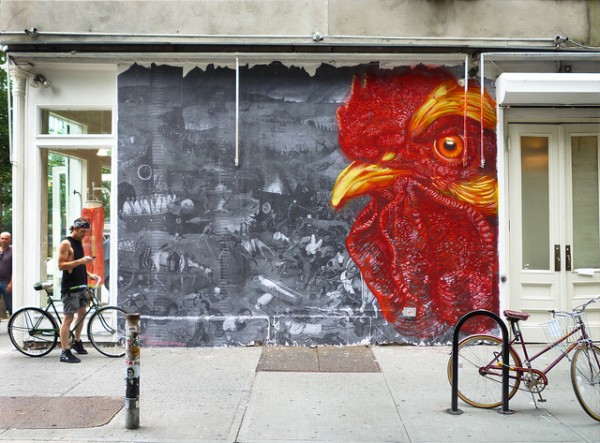
Some new pieces by Gaia in a quick little visit to New York
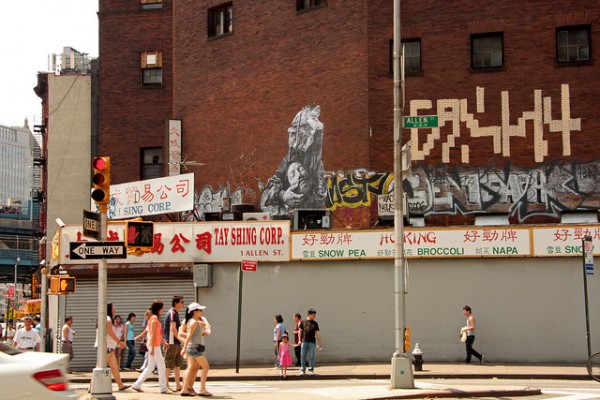
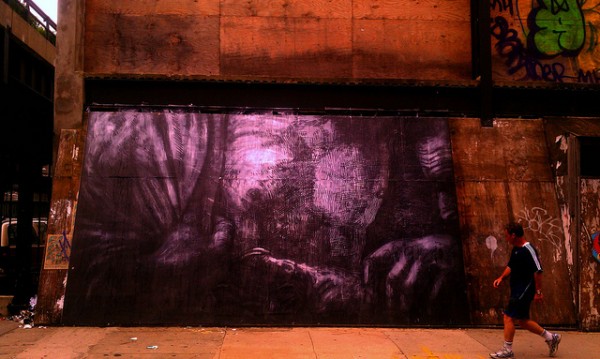
houston/PROJECT 07/01 from rag & bone on Vimeo.
Photos by Sabeth718, Changsterdam and Gaia
Mr Penfold has spent the last 3 days painting a huge wall at Hoults Yard in Newcastle for ‘Unit 44‘. It’s the largest wall he has ever painted and to say he pulled it off in an understatement!
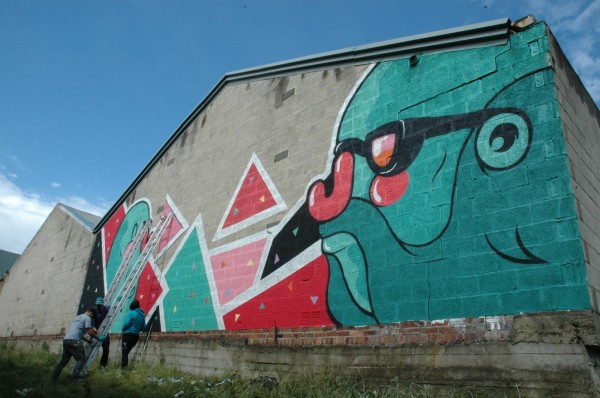
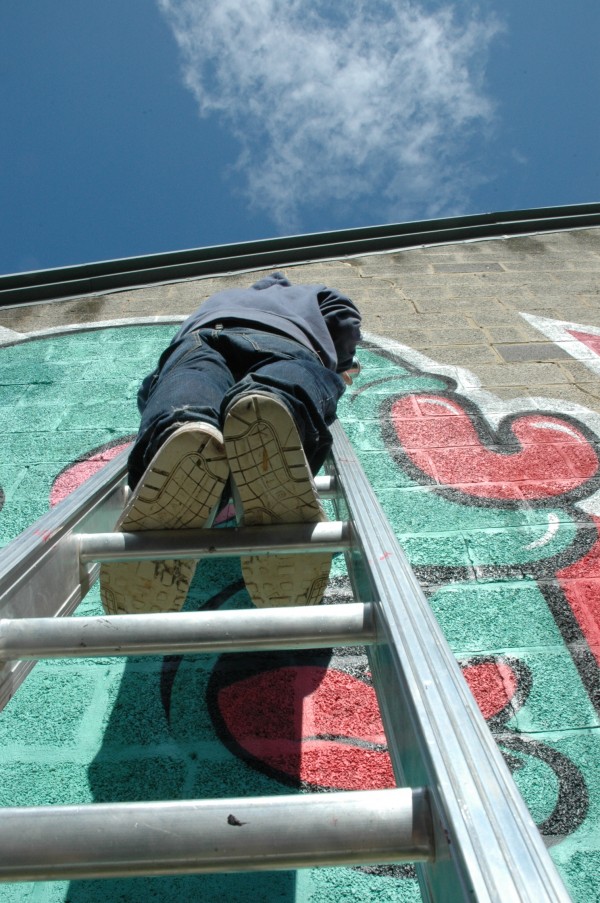
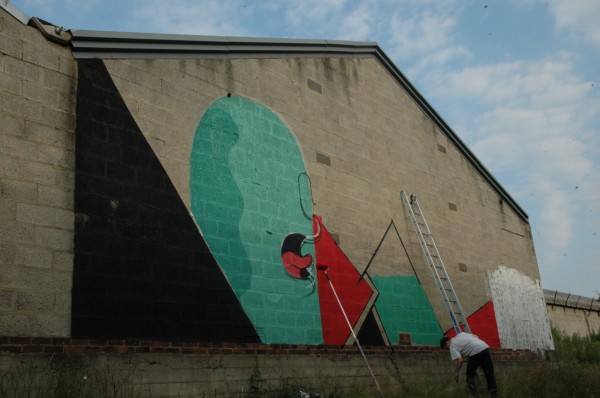
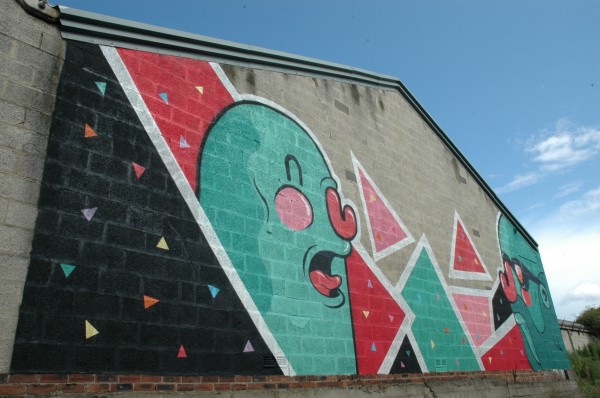
Photos by Ben
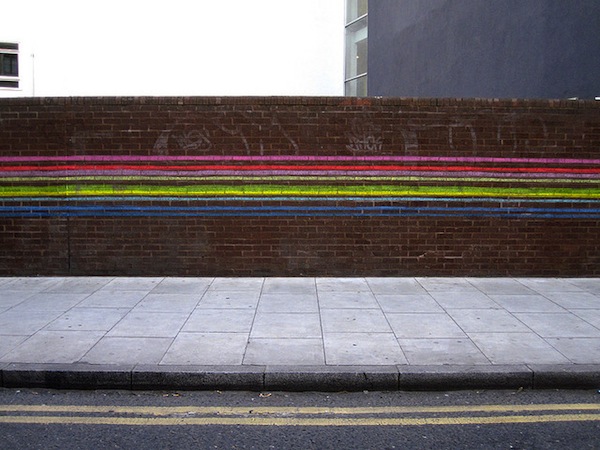
With two new videos that have come out this week about artists making machines to spray paint using skateboards, I thought I’d mention some bike-based graffiti-making machines that have been made in the past before posting those videos…
In 2009, someone in London made a spraycan holding device that attached to a bike (similar to DTagno’s gadget from 2008, but mounted on a bike), so that they could ride their bike and paint at the same time. The above photograph show the results of that device. And then earlier this year, Akay did something similar with his spray-painting robot that can paint a rainbow. Those were both on bikes though. The two devices unveiled this week use skateboards.
D*Face returned to California to once again paint The Ridiculous Pool, an empty pool used for skating. Except that he didn’t paint it in a traditional way. Instead, he came up with a device that hooked up a spray can to the bottom of a skateboard so that the lines of each skater in the pool are painted onto the pool. Pretty cool. Check it out:
But that device is overly complex and difficult to build. Certainly not how I would have made it. Why did D*face have to cut the deck up? Dave the Chimp has a much simpler solution, and he’s been taking it to the street:
Dave says he made his device to encourage a punk/DIY spirit and get people to actually do stuff instead of just sitting around all day and thinking it takes money and months of research to do something cool.
Photo by withassociates